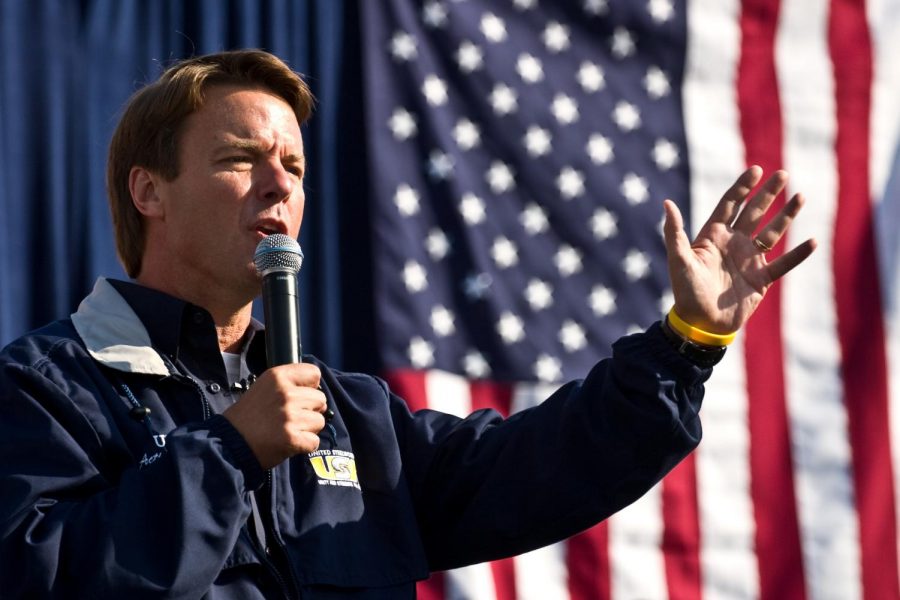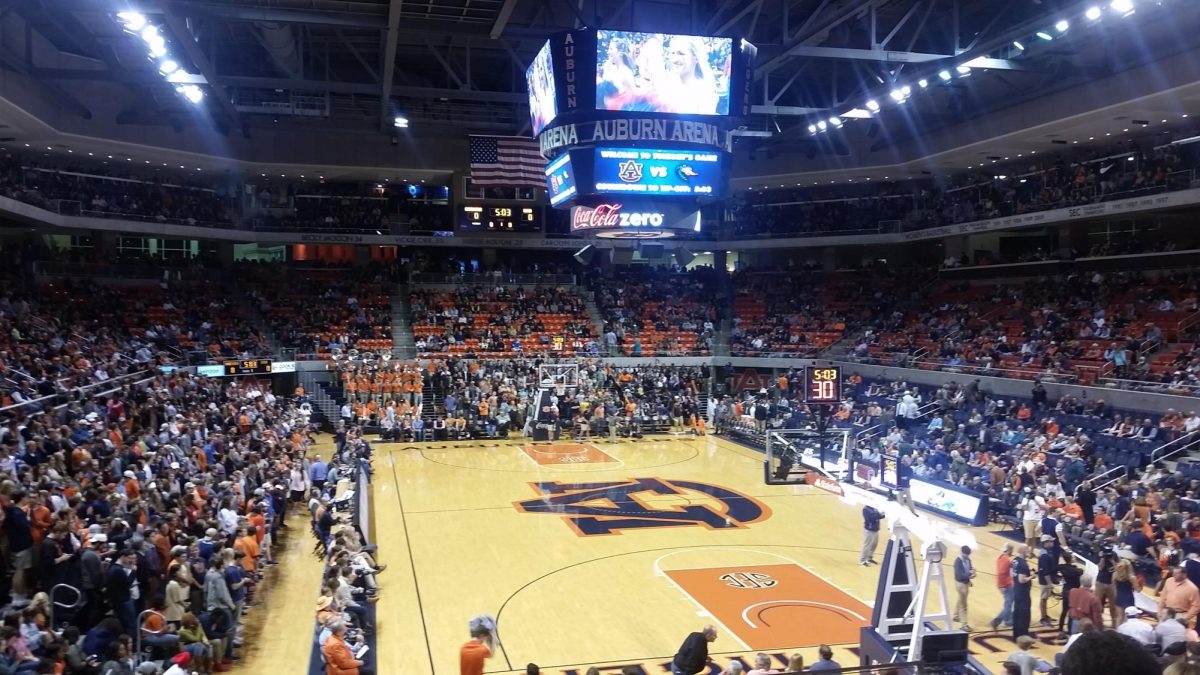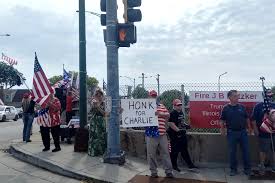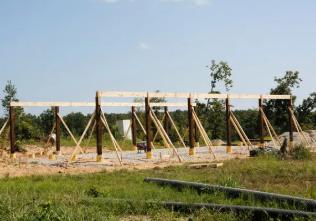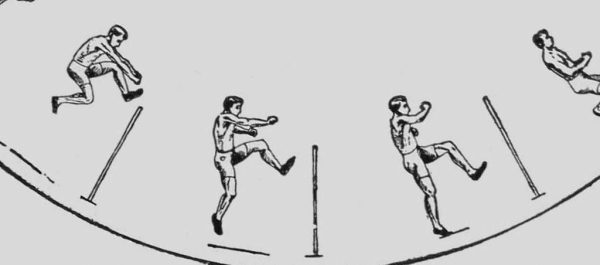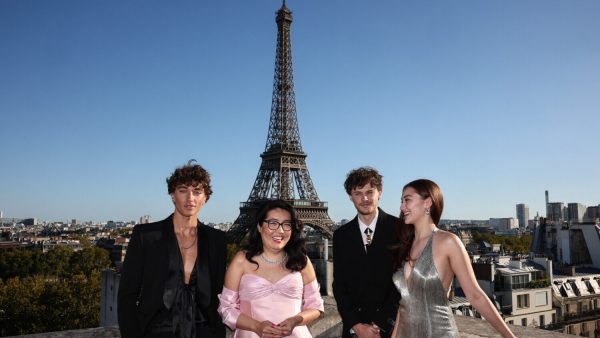Political Junkie; The process of campaigning for president
Campaigning for president, Democratic nominee John Edwards delivers a campaign speech. Although he lost the election, his campaign was very popular, leaving him in second place behind Barack Obama.
March 20, 2019
Becoming the president of the United States is an extensive process that involves a great deal of planning. This is due to the competitive nature of the election that requires candidates to find the most up-to-date and trendy ways to secure votes. However, some candidates have an upper hand in this procedure. Popular politicians and celebrities that are already in the spotlight do not have to put as much effort on getting the public to recognize them. This saves them time and money, which are both things that campaigns desperately need. Whether candidates are well-known or relatively new faces, they still follow the general order of campaigning.
Runners begin campaigning for office as early as the winter or spring of the year before the election. During this time, they typically announce their plans to run and visit target states to deliver speeches. Voters are on the lookout for fresh faces as well as familiar ones as they start to get an idea of how the election will go. Next, primaries and caucuses occur to narrow down the number of candidates. Primaries are statewide elections to determine the best candidates from each party. This can be broken down into open primaries, primaries in which anyone can vote even if they are not registered to a party, and closed primaries, primaries in which only party members can vote. A caucus, however, is more local than a primary. Caucuses involve community members of a party choosing a delegate for the national convention. During the national convention, delegates nominated in caucuses will be voted on again to decide on the party’s nominee. Candidates that win the convention tend to get the most votes during the actual election.
Two months before the election candidates attend presidential debates. These debates allow delegates a chance to gain voters by showing their views on different topics. Afterward, Election Day occurs in November. The United States has two different types of elections: the popular vote and the electoral college. The popular vote allows the general public to see who has the majority vote. This election does not choose our president; though the electoral college does. The electoral college has 538 pre-selected electors, but for a candidate to win the election, they need at least 270 votes. The votes are counted in the following January, and the Inauguration takes place January 20. The entire process takes around a year and a half, but many think this is too long. Sophomore Marshall Kirby said, “I think people should take less time to campaign because they should already have their ideas and shouldn’t need as much time to secure their votes.” The candidate’s efficiency is more important than how much time is spent campaigning. Although more time allows the voters to be more familiar with the candidate, it does not guarantee that they will win. Whether the time spent campaigning is long or short, it is important and helps shape our country for the four years to come.


